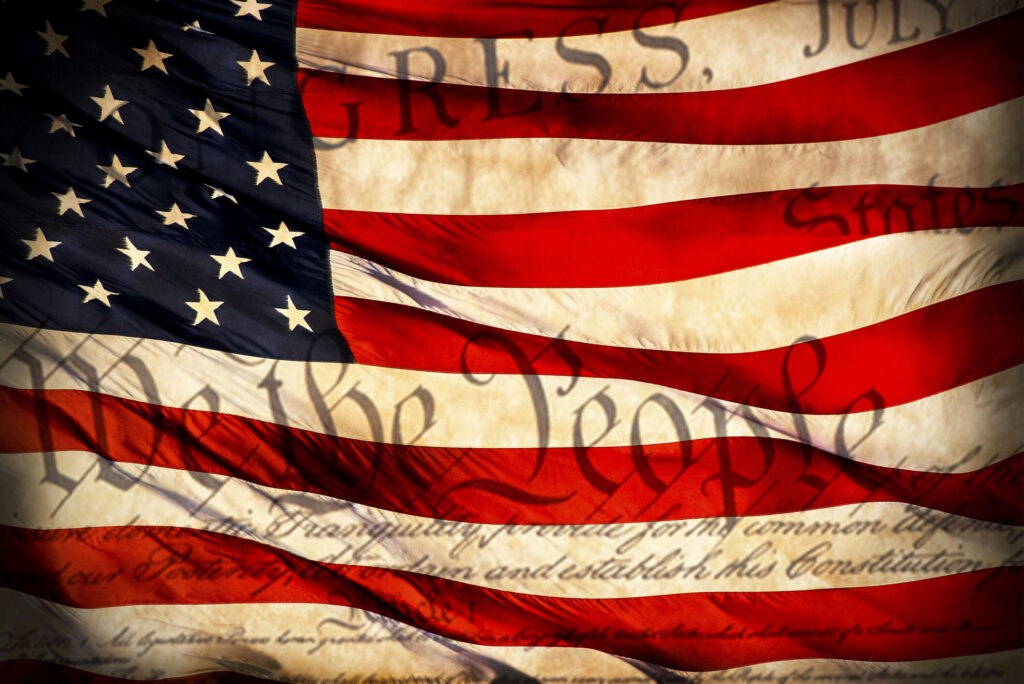Chess on a checkerboard when corner-crossing private, public lands? | GABEL
The opinion in a U.S. District Court decision that has made corner-crossing legal in the 10th District notes, “as Wyoming territorial justices observed long ago, ‘the fence is made for beasts; the law is made for man.’”
Corner-crossing is much like making a checkers move diagonally, moving from public lands to public lands where two parcels meet with two privately owned parcels. The idea is to cross without setting foot on the privately owned land. Hunters have been doing this for generations, often after a quick stop by a landowner’s home to gather permission.
The checkerboard pattern dates back to the days of railroad construction in the 1800s, when railroads raced to lay track, thereby laying claim to the 640-acre tracts. Congress created a corridor and platted the corridor into 6-mile-by-6-mile townships, which were divided into one-square-mile sections, numbered 1-35 from the northeast and snaking west.
The government reasoned within this 20-mile-wide swath from the railroad, property values would rise due to the expansion of the rail line, which was granted the odd-numbered squares based on the number of miles of track built, and the government owned parcels would be sold to private buyers, eager to build homesteads and towns. In sparsely populated portions of the West, including much of Wyoming, that boom didn’t come. When many of the government-owned tracts were not settled, those lands — the even numbered sections — were deeded to the public.
Stay up to speed: Sign up for daily opinion in your inbox Monday-Friday
Prior to the Taylor Grazing Act, livestock grazing was free for all, which resulted in much bloodshed and range wars, especially between shepherds tending sheep and cowmen. When settlers claimed sections via the Homestead Act of 1862, conflict arose between the so-called sodbusters and livestock grazers.
Some ranchers illegally fenced public lands that existed within the checkerboard areas, obstructing travel and access which spurred the Unlawful Inclosures (sic) Act of 1885. Since the days of range wars, much of the land previously owned by railroad companies has been sold and in Carbon County, Wyoming, much of it is owned by Iron Bar Holdings.
Iron Bar’s ranch, owned by Fred Eshelman of North Carolina, covers about 50-square miles, checkerboarded with public lands, in some of the state’s premier elk hunting country. That’s what brought a group of Missouri hunters to Carbon County in 2020. It’s notable Eschelman isn’t likely dependent upon the operation of the ranch to financially sustain the property. He is one of many “absentee” owners across the western United States.
According to the court opinion, Iron Bar is not friendly to corner-crossers, and posted signs over the U.S. Geological Survey marker, chained together to discourage corner-crossing. No other posts, fences, or buildings exist within a quarter-mile of the marker. In 2020, the Missouri hunters couldn’t fit between the chained signs so “one by one, each grabbed one of the steel posts and swung around it, planting their feet only” on the public section and passing through only the airspace about Iron Bar’s property.
The group were located by Iron Bar’s property manager on public land and asked to leave the area, which they refused. Law enforcement was contacted, no warning or citation was issued, and the group finished their hunt and returned home.
The hunters returned the following year with a steel A-frame ladder to avoid touching Iron Bar’s signposts. The hunters were contacted by Iron Bar employees multiple times, and their hunt crashed by the employees spooking game away. This is not a reflection on all private property owners within the checkerboard, and is certainly a bad look. Again, law enforcement was contacted by Iron Bar, but both the Wyoming Game and Fish Department and local sheriff’s office refused to take action.
According to the opinion, the manager contacted the local prosecuting attorney’s office, who agreed to prosecute the hunters for criminal trespass. That office directed the sheriff’s office to write the hunters a citation for criminal trespass. At a jury trial, the hunters were acquitted.
The same day, Iron Bar served the hunters a lawsuit for civil trespassing, alleging $9 million in damages owing alleged diminution of the property value. The district court held “corner-crossing on foot in the checkerboard pattern of land ownership without physically contacting private land and without causing damage to private property does not constitute an unlawful trespass.”
The private property right that seems most precarious is the right to exclude. It takes not a big leap for a judge, citing this opinion, to rule in the favor of a trespasser so long as no property damage occurred. Many public lands users are respectful of private property and many a user has corner-crossed, invading private airspace only, to access public lands. There are other users who leave more than just a footprint. This decision weakens the states’ abilities to define property rights.
Having been raised right, I can say with certainty that public lands are multiple-use lands, private property rights are vitally important, and the states should define property rights.
Rachel Gabel writes about agriculture and rural issues. She is assistant editor of The Fence Post Magazine, the region’s preeminent agriculture publication. Gabel is a daughter of the state’s oil and gas industry and a member of one of the state’s 12,000 cattle-raising families, and she has authored children’s books used in hundreds of classrooms to teach students about agriculture.











